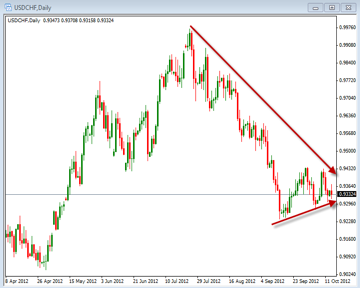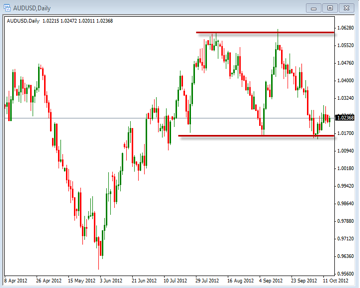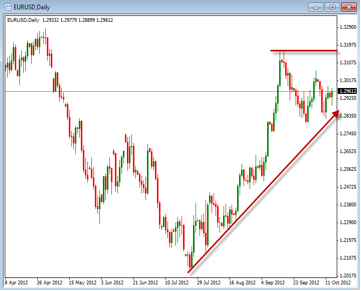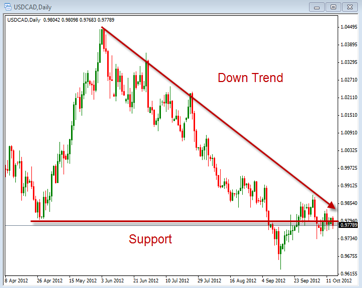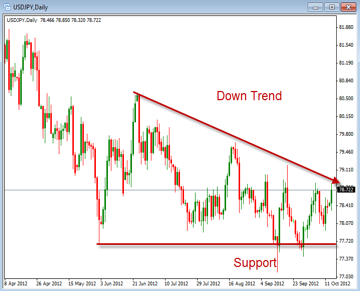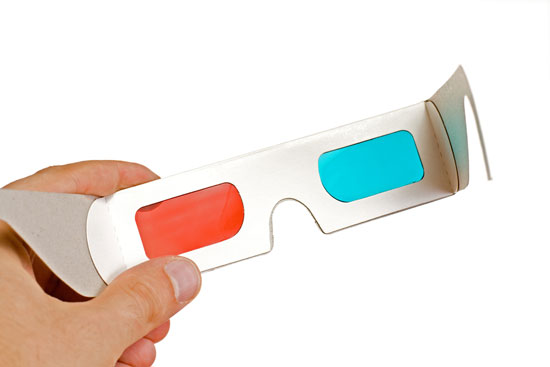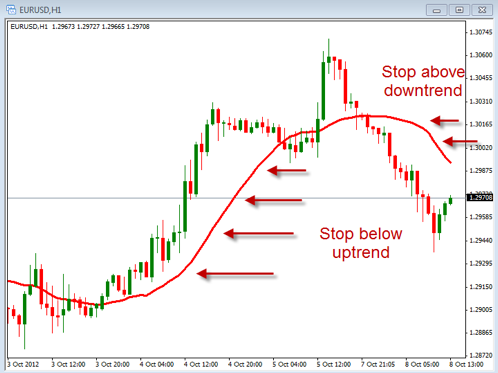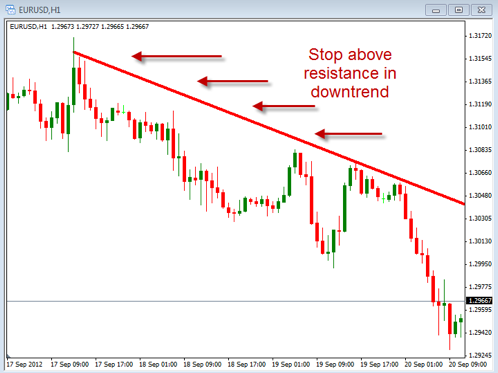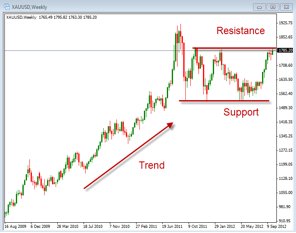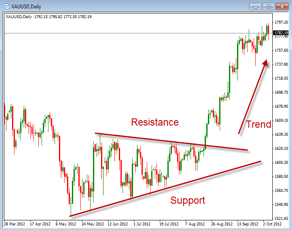PATIENCE is not only a Virtue, but is also a key element to trading success.Often times, trading rules are easier recite than to follow. Sometimes we think to ourselves if we just follow our system rules, we will be successful. However, it is often harder to follow the rules than anybody thinks. Why is this? The answer almost always comes down to the tendency for us traders to let emotions get in the way of logic. Sounds simple right? Again, eliminating or just reducing emotions from our trading decisions can be a big struggle for many of us. How many times have we been in a positive trade with everything looking great and we get inpatient and “take our gain” early, out of fear, just to watch the trade develop into a huge profit “without” us?
Controlling our emotions is a process of educating ourselves and experience.
One of the things to work on which is key to controlling our trading is to work on PATIENCE.
If you miss a trade, traders must be PATIENT enough to let it go and wait until a new trade set-up occurs.
Once a trade is entered, a trader needs to have enough PATIENCE to allow time for the trade to develop and give it time to create the profits you expected. The age old adage that “you never go broke taking a profit” is maybe the worst piece of advice ever given. Taking small profits is one the surest way to ultimate loss I can think of, for small profits are never allowed to develop into enormous profits. The real money in trading is made from the one, two or three large trades that develop each year. You must develop the ability to patiently stay with winning trades to allow them to develop into that sort of trade.
The PATIENCE to give time for a trade to work is one of most important elements; give it time to insulate itself from random noise; give it time for others to see the merit of what you saw earlier than they.
PATIENCE is one of the most difficult things for a trader to develop. Confidence in your system is important and will allow you to be more PATIENT once a trade had been put on.
The only time for a trader to be IMPATIENCE is when you are in a failed, losing trade. The best thing a trader can do once a trade has failed and is in a losing position is to close that trade as fast as possible to minimize the loss.
As you gain experience with your trading system, your confidence will grow and PATIENCE will become easier implement as one of the most important elements to our trading psychology


